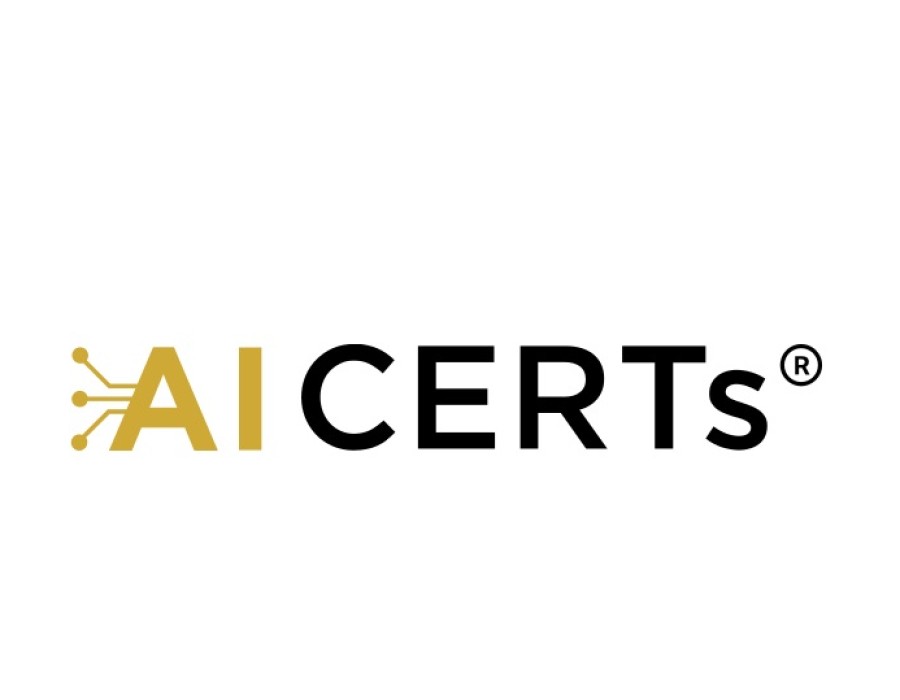Artificial Intelligence (AI) has rapidly moved from experimental use cases to enterprise-critical solutions across industries. From healthcare diagnostics and retail personalization to autonomous systems and financial fraud detection, organizations now depend on AI initiatives to deliver real-world impact. Yet, as many leaders have realized, the success of AI doesn’t lie in algorithms alone—it rests on strong project initiation and careful planning.
Without a structured approach, AI projects risk spiraling into endless experimentation, misaligned objectives, or poor adoption. Mastering AI project initiation and planning is therefore essential for ensuring that investments in AI not only reach deployment but also create tangible business value.
Why Initiation Defines AI Project Success
The initiation phase is the foundation of any AI project. It’s where business objectives meet technical feasibility, and where stakeholder alignment becomes crucial. Unlike traditional IT projects, AI initiatives bring inherent uncertainties—such as data availability, model interpretability, and ethical considerations—that must be addressed upfront.
Key aspects of AI project initiation include:
- Defining Business Goals Clearly: Every AI initiative should begin by answering “why.” Is the project intended to improve decision-making, automate repetitive tasks, or create new revenue streams? A well-defined business goal prevents scope creep and keeps the project outcome-focused.
- Evaluating Data Readiness: AI thrives on quality data. At initiation, teams must assess whether the necessary data exists, whether it’s clean and accessible, and whether additional data acquisition strategies are required.
- Identifying Stakeholders Early: Successful AI projects involve cross-functional collaboration between data scientists, IT teams, compliance officers, and business leaders. Establishing clear roles and responsibilities early ensures accountability.
- Assessing Risks and Ethics: Beyond technical risks, AI projects face challenges related to fairness, transparency, and compliance. Building ethical guidelines into the initiation phase helps avoid reputational or regulatory issues later.
Strategic Planning for AI Projects
Once the project initiation framework is in place, the planning phase determines how execution will unfold. This is where timelines, resources, and methodologies are locked down. Effective planning blends traditional project management discipline with the flexibility required to deal with AI’s experimental nature.
1. Setting Realistic Milestones
AI solutions often go through iterative prototyping. Setting phased milestones—such as proof-of-concept, pilot, and full deployment—helps teams measure progress while managing expectations.
2. Choosing the Right Methodology
While some projects benefit from waterfall planning, AI projects often align better with agile or hybrid approaches. Iterative cycles allow teams to refine models, validate assumptions, and pivot quickly based on results. Many professionals pursue AI agile project management training to adapt their skills to this unique environment.
3. Resource and Skill Alignment
AI requires specialized expertise in data engineering, machine learning, and domain knowledge. Project planners must evaluate whether the organization has in-house talent or needs external consultants. Leadership skills are equally critical, which is why many professionals seek credentials like an AI Project Manager Certification to demonstrate their ability to lead AI initiatives with confidence.
4. Budgeting Beyond Technology
AI budgets must account for more than tools and platforms. Training, compliance audits, and change management are often overlooked costs. A strategic financial plan prevents projects from stalling due to underestimated expenses.
5. Building Collaboration and Communication Channels
AI initiatives cut across multiple business units. Strong communication frameworks, often reinforced through training such as an AI project leadership course, ensure that all stakeholders remain engaged and aligned with the project vision.
Overcoming Common Pitfalls in AI Project Planning
Even with strong planning, AI projects face recurring pitfalls:
- Overpromising Outcomes: Inflated expectations can derail stakeholder trust. Planners must set achievable goals backed by measurable metrics.
- Neglecting Change Management: AI adoption isn’t just about models; it’s about people. Employees need clarity on how AI will change workflows and job roles.
- Ignoring Scalability: A pilot might succeed in a controlled environment but fail when scaled. Scalability should be part of planning, not an afterthought.
- Lack of Leadership Skills: Technical expertise without leadership can leave AI projects directionless. Professionals aspiring to become an AI project manager often focus on strengthening leadership and communication capabilities.
Real-World Impact of Strong AI Project Planning
Organizations that invest time in robust initiation and planning enjoy measurable benefits: faster deployment cycles, reduced risks, better stakeholder alignment, and higher ROI. For example, a retail chain that carefully defined its AI project scope during initiation was able to roll out a predictive demand forecasting model across hundreds of stores with minimal disruption. Similarly, a healthcare provider that invested in upfront planning avoided compliance risks while implementing AI-driven diagnostic support.
The common denominator in these success stories is not just advanced technology—it’s disciplined planning and leadership.
Conclusion
Mastering AI project initiation and planning is no longer optional; it’s a critical skill for organizations determined to succeed with AI in real-world settings. By focusing on clear objectives, ethical considerations, data readiness, and collaborative planning, businesses can overcome the uncertainties that often derail AI initiatives.
In the end, successful AI projects are not defined by the sophistication of their algorithms, but by the clarity of their vision, the strength of their planning, and the commitment to turning innovation into measurable business outcomes.




.jpg)

Comments